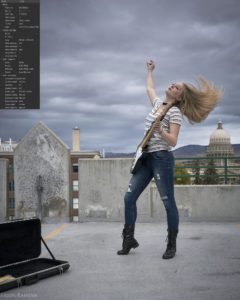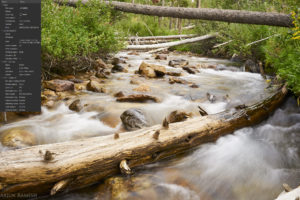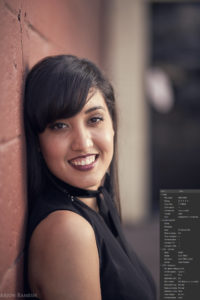The last blog question asked how many kinds of photography can you name and which one(s) are your favorite and why. Maybe you stayed up all night trying to come up with all the different kinds of photography that you have seen. I don’t blame you! I’m as passionate about as you are! Hahah! Some of you might have even jumped on the “internets” and researched the subject. To those who took such an extreme, congratulations! You now know more than anyone else in the world about this topic. For the others, there are only 4 kinds of photography:
1. Stop action: where you freeze the action, as with sports photography.

2. Show action: such as in photos featuring light trails, or showing other movement, as with time lapse photography. You may need a tripod to stabilize the camera when using slower shutter speeds.

3. Full depth of field: where everything that’s immediately in front of the lens to the horizon is in sharp focus. Landscape photographers often use this method. With smaller apertures, such as f/8, f/11, f/16 and so on, the plane of focus is extended. So, more elements in the photo are in focus.

4. Limited/shallow depth of field: where whatever is not in immediate focus is blurry. This is the opposite of full depth of field. Portrait photography often uses shallow depth of field to keep the subject in focus, but blur the background. A blurred background is often referred to as “bokeh.” With a large aperture setting, the plane of focus is narrow. This is what creates bokeh. Blurring the background is a good way to make uninteresting elements melt away in the background. Side note: the focal length of the lens also affects bokeh. For example, a medium telephoto focal length, like the 85mm lens used below, blurs the background more at an aperture of f/2.8 than a wide angle 28mm lens shot at the same f/2.8 aperature. Likewise, a 200mm lens shot at f/2.8 will blur the background more than the 85mm lens at f/2.8.

That’s it! These are the four kinds of photography. Every photo in the world will fall into one or more of these categories.
Blog question: Which of these 4 kinds of photography do you love the most, and why? Leave a comment below! Feel free to ask any questions. And, stay tuned for next week’s blog post!
